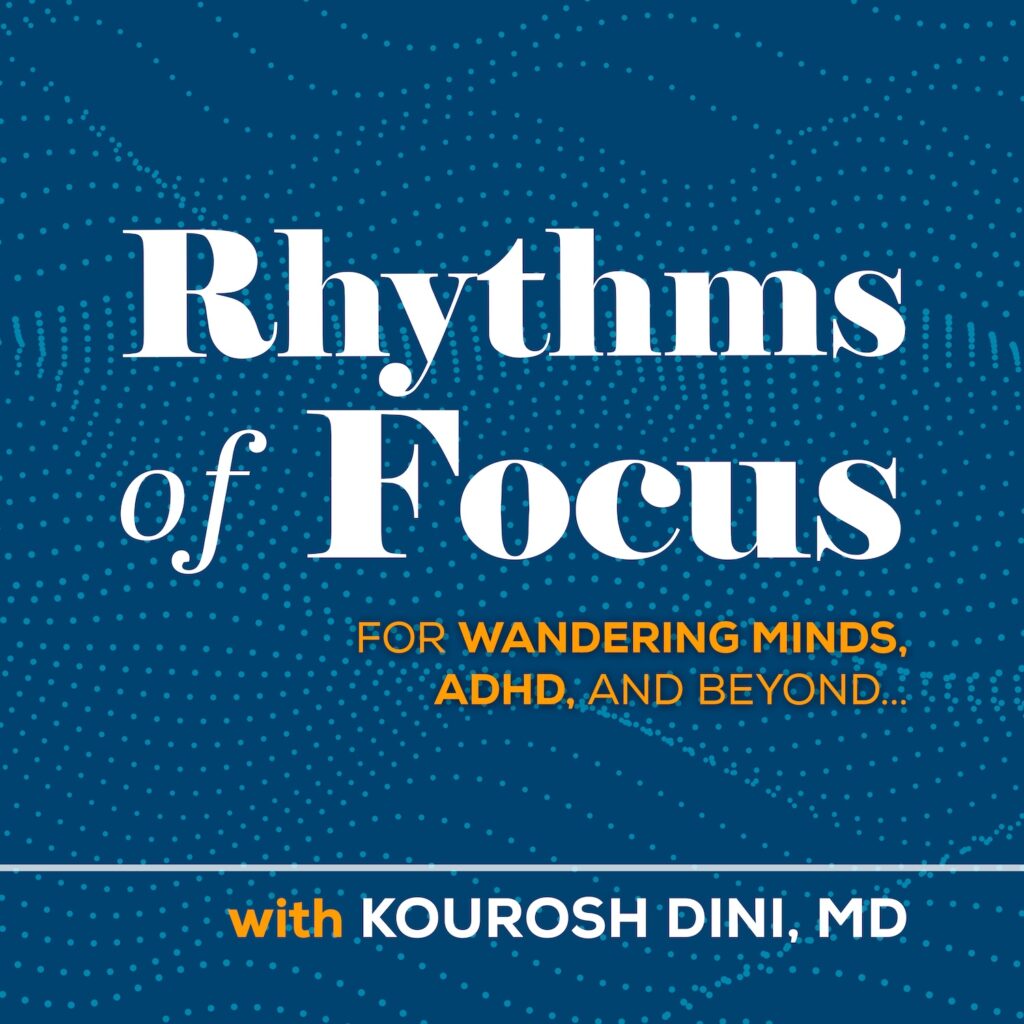Uh oh, I’ve wandered off… she’s still talking… what’s she talking about?
I hope I figure it out before it’s my turn to say something.
I’ll just keep nodding until then.
Minds wander, some more than others.
But when it wanders often, we might be embarrassed.
Maybe she’ll think I don’t care
Maybe she’ll think I’m dumb
There are any number of worries with which we can shut ourselves down, furthering a spiral into confusion and silence.
Maybe we yell at ourselves for this drifting of thought.
Maybe we “try harder”, furrowing our brow, searching for some iron-will to keep ourselves on track.
Or maybe we give up, excuse ourselves, or change topics.
Either way, these attempts can give up a creative power inherent to a wandering mind.
The Trouble
Let’s consider what these wanderings are about…
Whether in conversation, a book, or a project, thoughts and emotions come to mind. Some may seem related, and others may not.
Meanwhile, these “associations” can branch further.
“Hey, that’s a nice watch”
The comment runs off into a thought about the uncle who gave it to you. Then,
Uh oh, I haven’t called him in a while,
You know, I haven’t called my friend either;
I should write these down;
Where can I do that?
Can I do that while we’re talking?
Wait, I’ve got to pay attention;
Uh oh, I’m going to forget;Wait, what is she talking about now?
As these associations ebb and flow, they occupy consciousness, our working memory. In that small worktable of mind, there are only so many things that fit.
So as our thoughts and emotions occupy the room we have, the conversation drifts by, and we return only to find ourselves lost.
Another Perspective
Through our wanderings, the mind is often processing. It is trying to connect and understand while trying to stay alive through play and discovery.
As such, these wanderings can be used as messages and tools.
Instead of trying to suppress them, we can consider:
What does this have to do with that?
What does this new thought have to do with where I was?
Once we make the connection, we often find ourselves enlivened. In fact, we can even invite our conversation partner into the process.
“You know, I lost you for a moment. When you mentioned my watch, I started to think of people I haven’t reached out to lately…”
Quite often, this admission and invitation brings us to a deeper point of discussion that had been lurking but unstated. Suddenly, the conversation takes on new meaning.
The same process works not only with people, but when reading a book or working on a project.
– Kourosh







